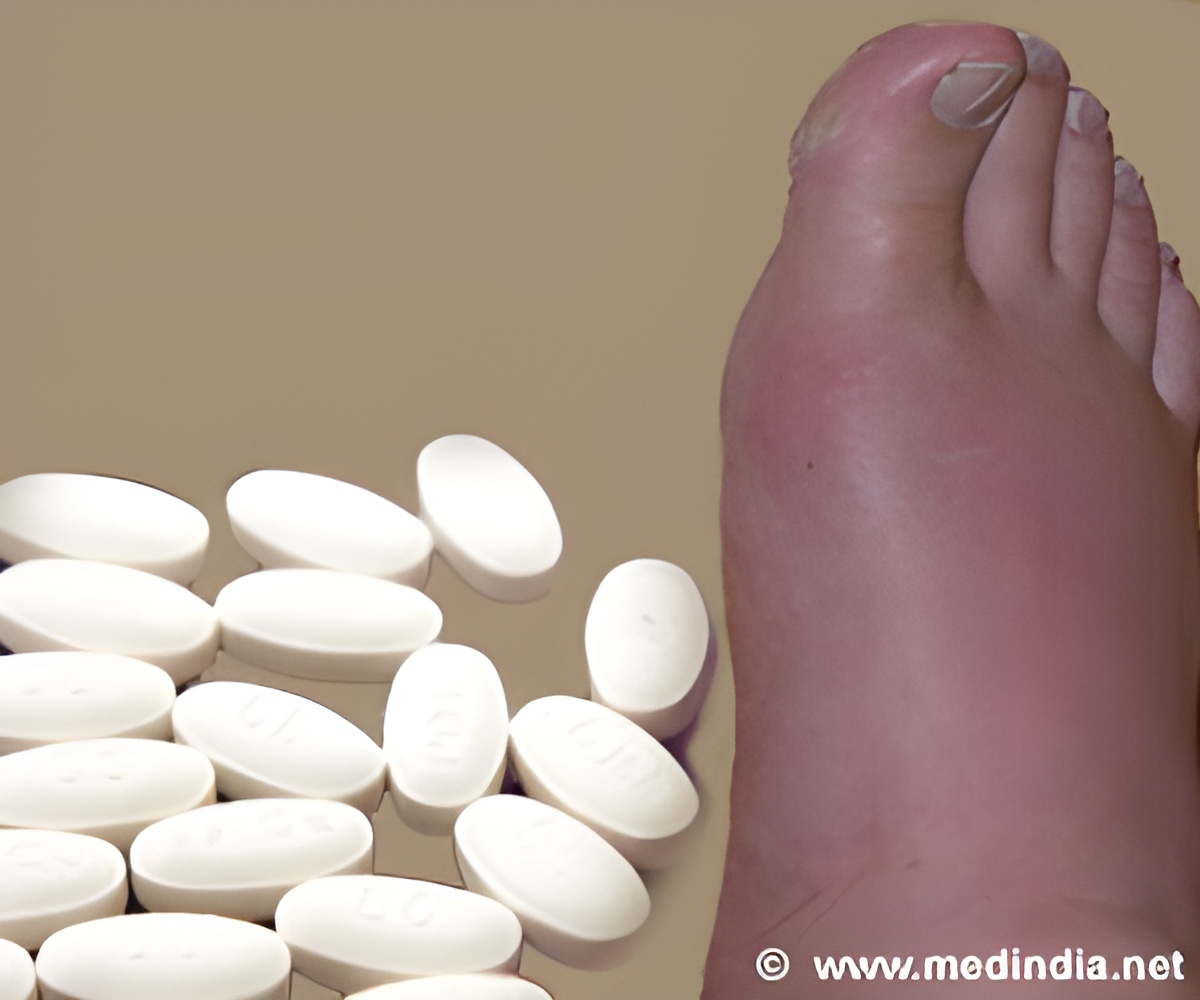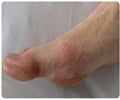By 2050, the global prevalence of gout, a type of inflammatory arthritis, is expected to surge to 95.8 million cases.

Global, regional, and national burden of gout, 1990-2020, and projections to 2050
Go to source). The study led by researchers from the University of Washington’s Institute for Health Metrics and Evaluation (IHME) in the US showed that worldwide 55.8 million people had gout in 2020 -- an increase of 22·5 percent since 1990.
‘Why do males have a 3.26 times higher prevalence of #gout than females. Dive into the latest research to find out. #arthritis’





Rise in Global Gout Cases
"The total number of prevalent cases of gout is estimated to reach 95.8 million in 2050," predicted the study published in The Lancet Rheumatology. The study estimated gout prevalence and years lived with disability (YLDs) from 1990 to 2020 drawing on population-based data from 35 countries. The findings showed that the age-standardised gout prevalence in 2050 is forecast to be 667 per 100,000 population."We estimate that the number of individuals with gout will increase by more than 70 percent from 2020 to 2050," the researchers said, adding that it is "primarily due to population growth and ageing". Importantly, the team found that high body mass index (BMI) accounted for 34.3 percent of YLDs due to gout and kidney dysfunction accounted for 11.8 percent.
What is Gout
Gout is a form of inflammatory arthritis caused by the buildup of uric acid crystals in the joints. This buildup leads to sudden and intense episodes of pain, redness, and swelling, most commonly affecting the big toe but also other joints. Factors such as diet, genetics, and certain medical conditions can contribute to elevated uric acid levels. Managing gout typically involves medications to reduce uric acid levels and lifestyle changes to prevent flare-ups.A separate study by Harvard University researchers, published in the journal Scientific Reports, attributed the surge in gout cases to the rise in comorbid conditions known to be precursors to gout, including obesity, insulin resistance, metabolic syndrome, hypertension, and renal diseases.
To reduce the burden of gout, the researchers stressed the need to curb high BMI, and dietary and lifestyle modifications focusing on body weight reduction. They also called for increasing access to interventions to prevent and control flares.
Advertisement
- Global, regional, and national burden of gout, 1990–2020, and projections to 2050 - (https://www.healthdata.org/research-analysis/library/global-regional-and-national-burden-gout-1990-2020-and-projections-2050
Source-IANS









